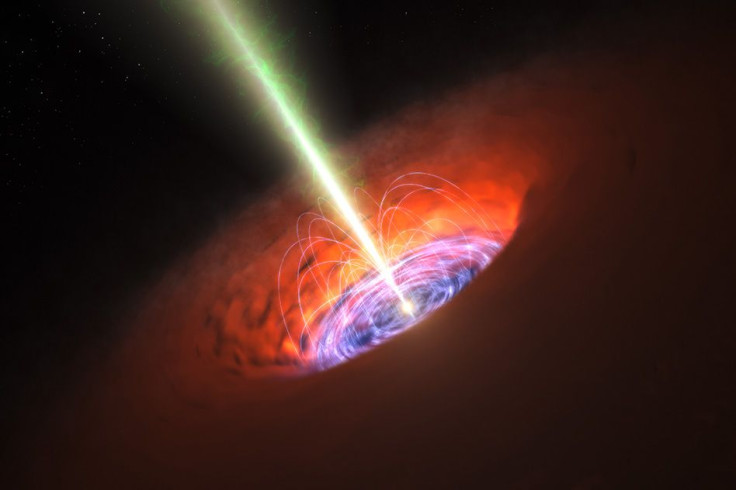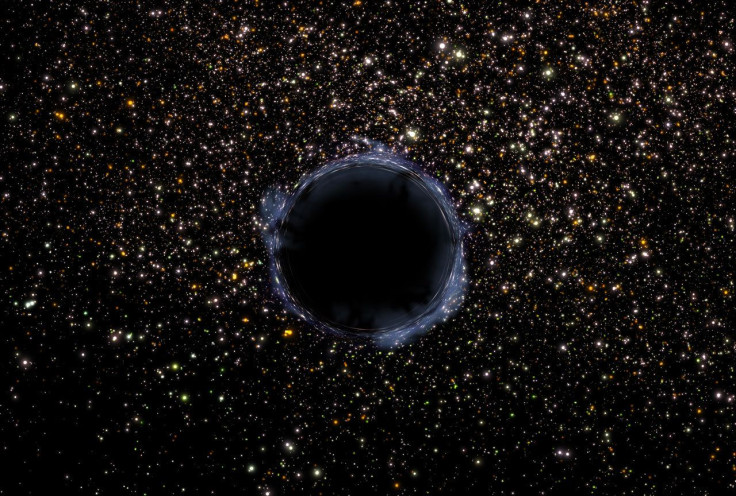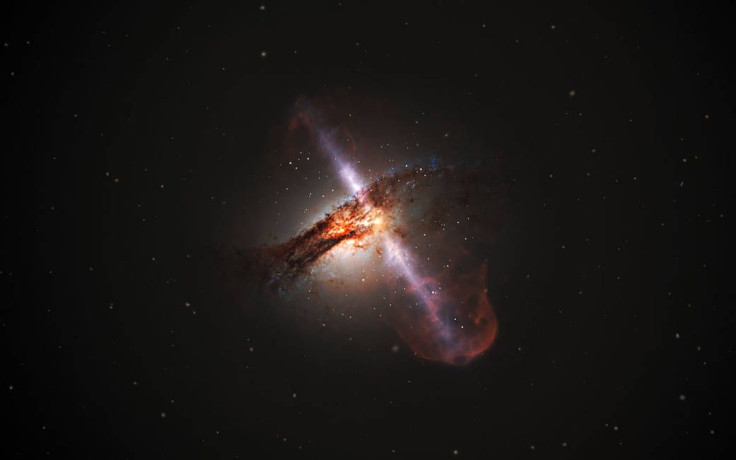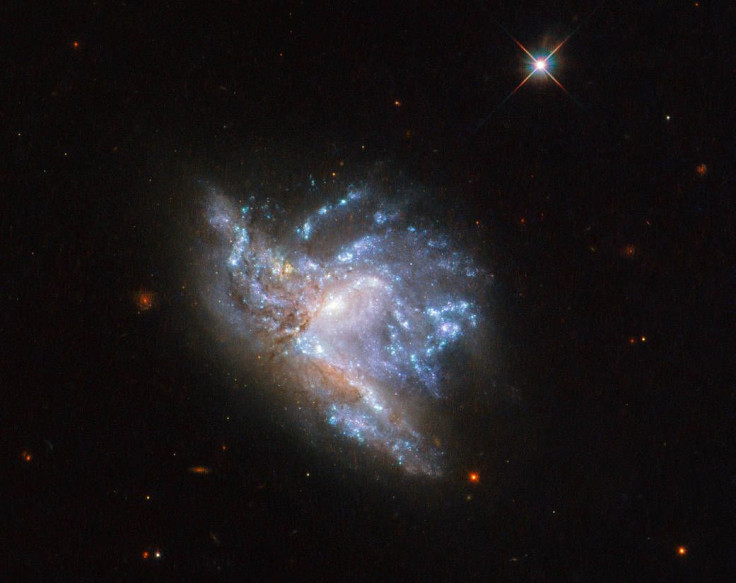NASA Reveals Hubble's 5 Weirdest Black Hole Discoveries [PHOTOS]

NASA has unveiled five of the most bizarre black hole discoveries made by the Hubble Space Telescope. Based on the discoveries, it seems black holes are more intriguing than previously thought.
The space agency listed the Hubble’s top black hole discoveries through its Tumblr account.
Supermassive Black Holes

Kicking off the list is a supermassive black hole. As its name suggests, this type of black hole is very gigantic and can get as massive as millions or even billions of stars.
According to NASA, supermassive black holes usually lurk at the center of galaxies such as the Milky Way. The agency explained that the size of supermassive black holes is proportional to that of their home galaxies.
Globular Clusters

Aside from galaxy centers, Hubble also came across black holes in odd regions such as globular clusters, which are composed of old stars that are bound together due to gravitational forces. Sometimes, black holes exist within these clusters. NASA explained that these globular clusters may have once been dwarf galaxies that were absorbed by larger galaxies.
Jet Streams From Black Holes

Although most black holes are known to absorb everything in their surroundings, there are also moments when these massive cosmic objects spew out powerful jets of energy. According to NASA, this usually occurs when massive amounts of gas and dust fall into the center of the black hole.
Black Holes Merging

Hubble also had the opportunity to witness to black holes merging to form a supermassive one. This occurs when two galaxies collide. Many experts believe that this will happen to Milky Way’s supermassive black hole once it collides with the Andromeda galaxy billions of years from now.
Gravitational Waves From Black Holes

Before two black holes completely merge with one another, the gravitational forces from these cosmic objects cause them to orbit around each other. Sometimes, these gravitational forces are powerful enough to pull a black hole out of a galaxy’s core and into another black hole. As the black holes circle each other, they create strong gravitational waves or ripples in space-time.
© Copyright IBTimes 2025. All rights reserved.





















